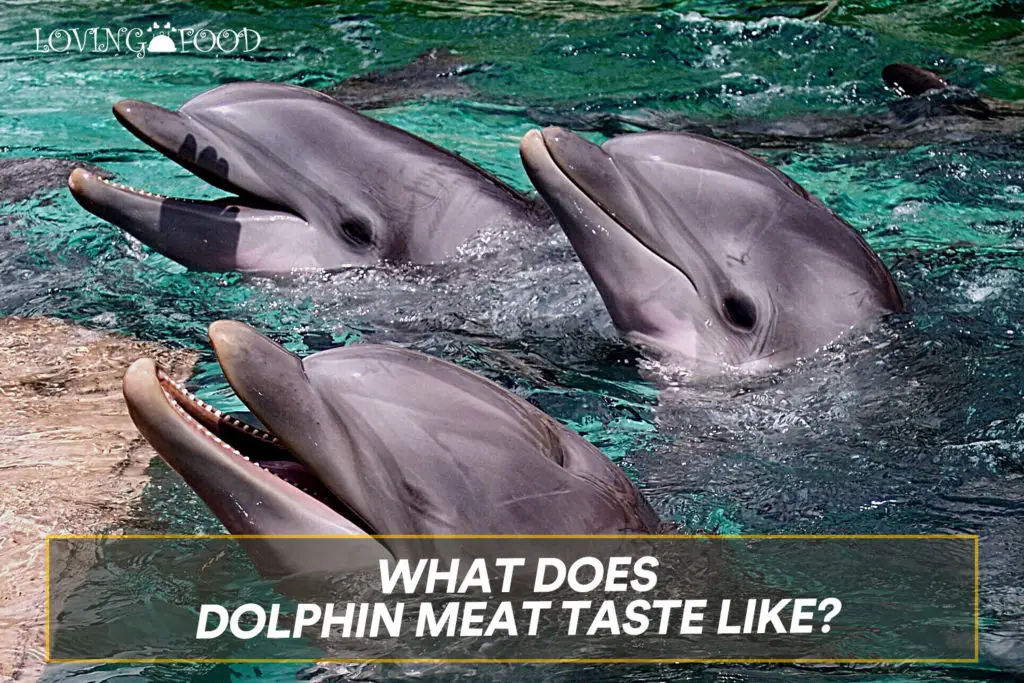When it comes to the world of barbecuing, few cuts of meat command as much respect and attention as the brisket.
Often hailed as the crown jewel of barbecue, a perfectly cooked brisket promises a mouth-watering blend of flavor, tenderness, and succulence.
However, achieving that ideal requires not just skill in the kitchen or at the grill, but also knowledge about the meat itself.
From selecting the right cut and understanding its origin to mastering the delicate art of slow cooking, every detail matters.
In this comprehensive guide, we’ll walk you through the essentials of brisket, ensuring your next cookout is nothing short of legendary.
Understanding Briskets In Depth
Before diving into the intricacies of cooking, it’s essential to grasp what brisket is and the importance of choosing the right quality.
The brisket is a unique cut of meat, distinct in its texture and taste, and understanding its nature can make a significant difference in the final dish.
Is Brisket Beef Or Pork?
There’s a great deal of confusion among newcomers to the barbecue world regarding the origin of brisket. Is it beef or is it pork?
Knowing the answer is crucial not just for dietary reasons but also for understanding how best to prepare it. Brisket is, in fact, a cut of beef. It comes from the lower chest or breast of the animal.
The muscle fibers in brisket are dense, and it’s this part of the animal that supports much of its weight, making the meat tougher than other cuts.
Because of this, it requires special cooking techniques to achieve a tender result.
Mistaking it for pork could lead one to cook it as they might a pork shoulder or tenderloin, resulting in a less-than-ideal outcome.
Importance Of Brisket’s Grade And Quality
When choosing brisket for your cookout, it’s essential to look for quality markers. The USDA grades beef based on factors like marbling and age.
Prime is the highest grade, followed by Choice, and then Select. A Prime brisket will have the most marbling, which translates to more flavor and tenderness when cooked properly.
However, this doesn’t mean you should shy away from Choice or Select. With the right preparation, they too can yield delightful results.
The key is to choose a cut with uniform thickness to ensure even cooking and to pay attention to its fat cap, which will provide flavor and moisture during the long cooking process.
The Role Of Marbling In Flavor And Tenderness
Marbling refers to the white flecks and streaks of fat within the lean sections of meat. It’s a critical factor in evaluating the quality of beef cuts.
For brisket, ample marbling is highly sought after. Fat is flavor, as many chefs will attest.
During the slow cooking process, the fat within those marbled streaks melts, helping to baste the meat internally.
This not only imparts a richer flavor but also aids in breaking down tough muscle fibers, leading to a melt-in-your-mouth texture.
Without sufficient marbling, the risk of ending up with a dry or tough brisket increases.
The Risks Of Speeding Up The Brisket Cooking Process
Achieving perfection in brisket preparation isn’t merely about the cut and quality; it’s equally about the cooking process.
Brisket thrives on patience. However, the temptation to hasten this process can lead to pitfalls that can compromise the dish’s final taste and texture
The Science Behind Slow Cooking
Brisket’s inherent toughness makes it a prime candidate for slow cooking.
The dense muscle fibers and connective tissues need time to break down.
Slow cooking at a low temperature allows collagen, a protein found in connective tissue, to slowly convert to gelatin.
This transformation is vital to achieving that desired tender consistency.
When the cooking process is rushed, the necessary time for this conversion is curtailed, leading to a less tender result.
Too Fast Can Mean Too Dry
Besides tenderness, moisture retention is another critical aspect of brisket preparation.
Fat and collagen, when given enough time, render and moisturize the meat from within.
However, cooking brisket too quickly can cause the meat to lose its moisture before the internal fats have a chance to render properly.
This premature evaporation can result in a dry, unappetizing slab of beef.
Overpowering The Natural Flavors
Another pitfall of rushing the cooking process is the potential for overpowering the brisket’s inherent flavors.
Often, when attempting to speed things up, one might be tempted to raise the heat or use stronger smoke.
While these techniques might seem like a good idea, they can easily overshadow the meat’s natural taste.
Instead of a harmonious balance of smoke, seasoning, and beef, one ends up with an overly smoky or burnt-tasting brisket.
Tailoring Your Cooking Technique To The Brisket’s Needs
Cooking brisket is both an art and a science.
Given its unique texture and flavor profile, it requires a tailored approach, different from other cuts of meat.
By respecting its needs and understanding its character, you can guarantee a mouth-watering outcome.
Respect The Low And Slow Mantra
Mastering brisket cooking means internalizing the “low and slow” mantra.
This doesn’t mean setting and forgetting. It requires regular monitoring to maintain a consistent temperature, especially if using a charcoal smoker or grill.
Keeping temperatures between 225°F to 250°F is ideal, ensuring a gentle, steady cooking process.
Investing In A Good Thermometer
The importance of a reliable meat thermometer cannot be overstated. Instead of relying on cooking time alone, which can vary based on numerous factors, monitoring the internal temperature of the brisket provides a more accurate measure.
Aim for an internal temperature of around 195°F to 203°F for optimal tenderness.
Letting The Meat Rest Post-Cooking
Once the brisket reaches its target temperature, the journey isn’t over.
Allowing it to rest for at least an hour helps the juices redistribute throughout the meat.
Cutting into it too soon can result in those precious juices running out, robbing the meat of its moisture.
Patience is a virtue, especially when it comes to achieving brisket perfection.
Closing Thoughts
In conclusion, mastering brisket selection and cooking is a rewarding culinary endeavor.
By understanding the nature of the cut, respecting its needs during the cooking process, and exercising patience, one can achieve a truly memorable cookout centerpiece.








